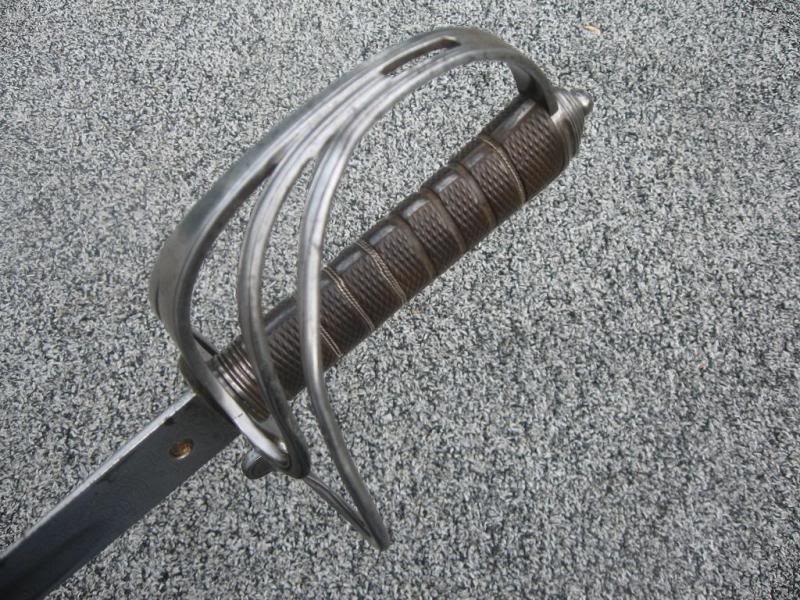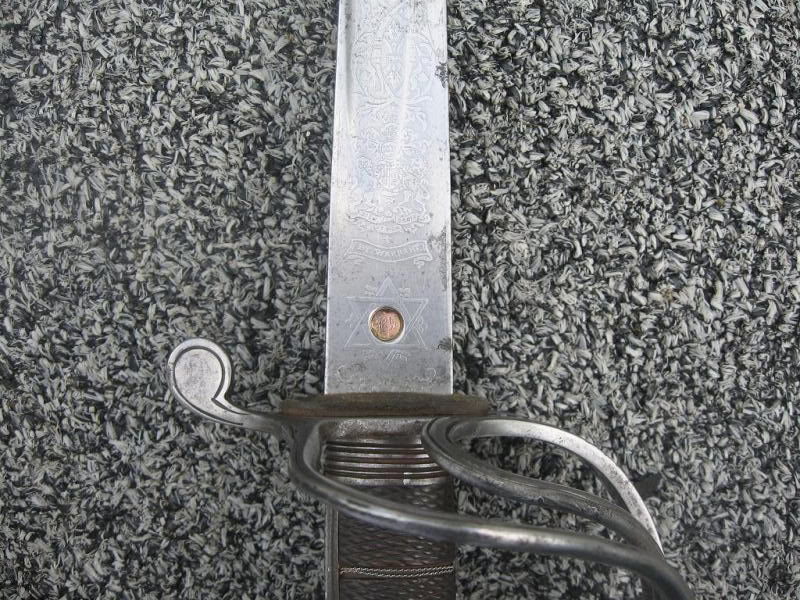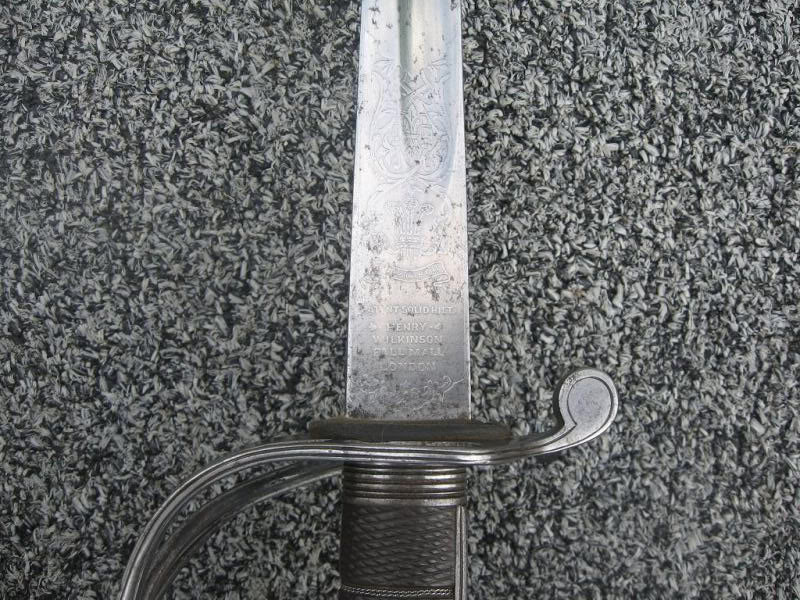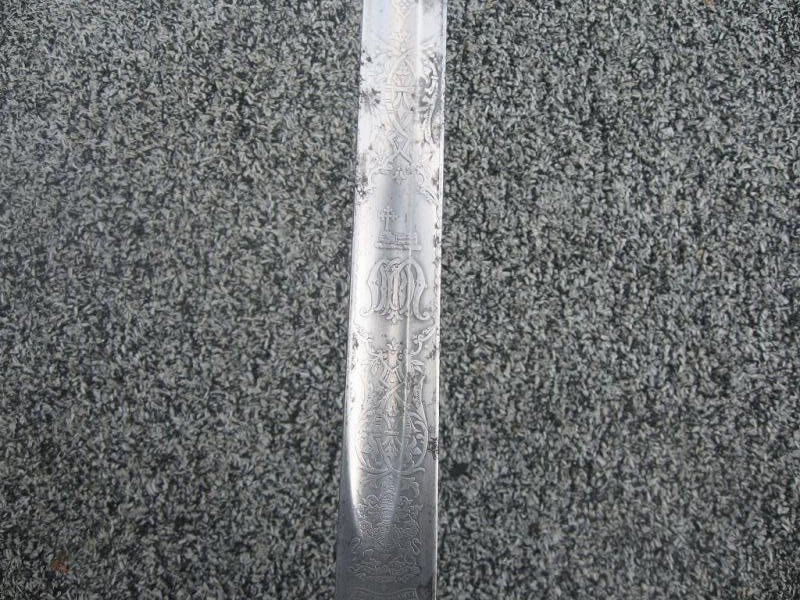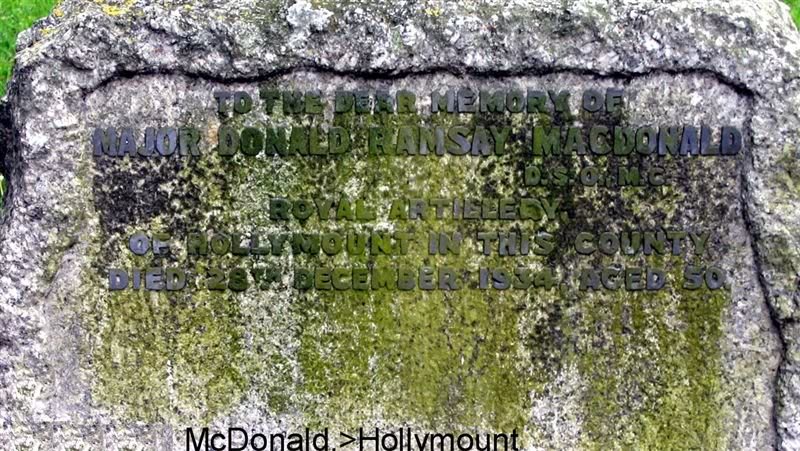This is a Pattern 1821 Royal Artillery officer's sword by Henry Wilkinson, made in 1893, and featuring "Patent Solid Hilt" construction. The steel hilt and scabbard are brownish-black with age and old, stabilized rust, and what appears to be black paint on areas of the hilt. The blade is in good condition and is well etched with scrolling foliage, the devices of the royal artillery, and the original owner's monogram; ERP.

Ernest Robert Phillips was born 16 July, 1868. At age 17 he entered the Royal Military Academy, Woolwich and attained his commission as a 2nd lieutenant at age 19. As a young officer, Phillips served with several garrisons including Gibraltar with 3 Battery, Eastern Division and 26 Battery, Eastern Division, from 1890-1892, during which time he was promoted lieutenant (17 February, 1891. From 1892-1893 he served the Eastern Division’s 2nd Sub-Depot in Great Yarmouth, and again for a time he found himself back in Gibraltar. Before embarking for service in India, Phillips had some time to buy a new sword—a nice Pattern 1821 with Patent Solid Hilt.

From February of 1894-1895 Phillips was with Number 4 Company at Fort Saint George, Madras. In 1896 he was attached to Number 5 Mountain Battery, with whom he remained through 1900. In 1897 Phillips took command of No. 5 Mountain Battery which was with the Tirah expeditionary force during the campaign of 1897-98. For his service, Phillips was entitled to the India General Service medal with clasp “Punjab Frontier 1897-98”, and 18 June, 1898 was promoted captain.
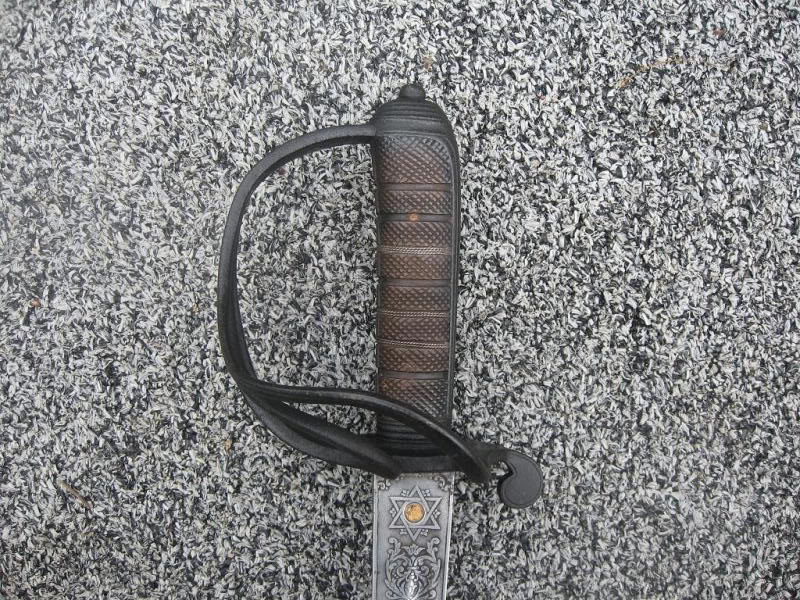
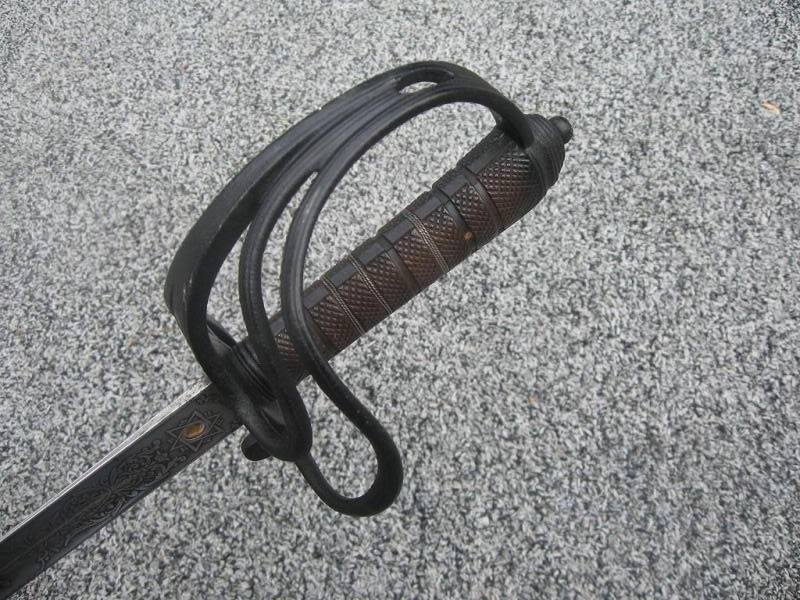
From October, 1900-1902 he served with Number 5 Company, Southern Division at Agra and Aden. Between 1902 and 1908 he served with the Devon Royal Garrison Artillery Militia, 1908 and 1911 he served with the 4 Wexxex Brigade, Royal Field Artillery Territorial Force, and 1911 and 1912 he was in command of the Somerset Royal Horse Artillery Territorial Force.
His promotions during his tenure with the militia and territorial forces are difficult to follow:
Gazette Issue 27600 published on the 25 September 1903:
| Quote: |
| ROYAL GARRISON ARTILLERY (MILITIA).
The Devon, Captain Ernest Robert Phillips, Reserve of Officers (late Royal Garrison Artillery), to be Captain. Dated 26th September, 1903. |
Gazette Issue 28181 published on the 29 September 1908:
| Quote: |
| 3rd Devonshire Battery, 4th Wessex Brigade;
Captain and Honorary Major (Captain, retired pay, Reserve of Officers) Ernest Robert Phillips (late The Devon Royal Garrison Artillery (Militia) ), from the retired list, to be Major. Dated 22nd July, 1908. |
Gazette Issue 28503 published on the 13 June 1911:
| Quote: |
| ROYAL HORSE ARTILLERY.
Somerset Royal Horse Artillery; Major (Captain, retired pay, Reserve of Officers) Ernest Robert Phillips, from the 4th Wessex Brigade, Royal Field Artillery, to be Major. Dated 1st May, 1911. |
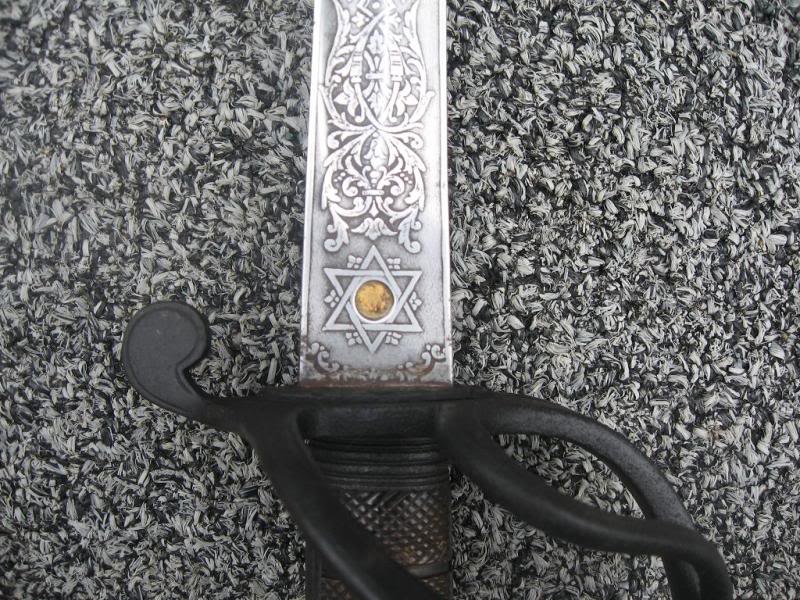
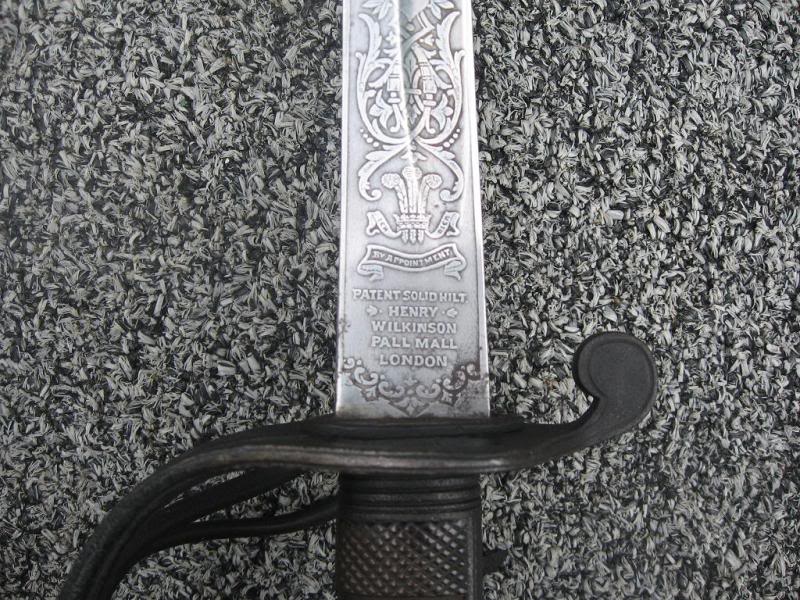
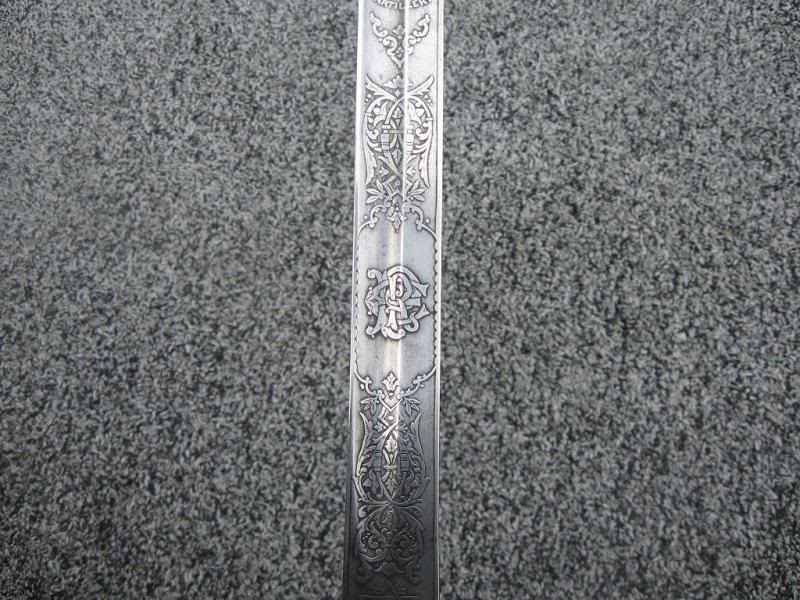
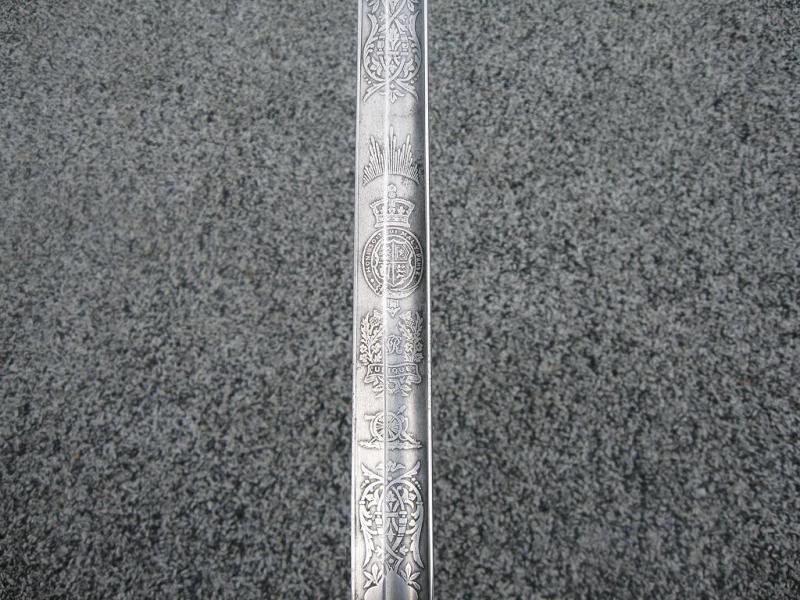
In 1914 Phillips was re-employed with the RFA as commanded the 174th Brigade, RFA, 39th Division from 19 May, 1915 to 11 April, 1916. During this period he was made a temporary lieutenant-colonel (11 August, 1915), and went to France with his unit on 1 March 1916.
From A short history of the 39th (Deptford) Divisional Artillery 1915-1918 by H.W. Wiebkin:
| Quote: |
| Major E. R. Phillips, R.A., was gazetted to the command of the first Brigade formed--the 174th (Deptford) Brigade, Royal Field Artillery. The disused Thames Ironworks, in Blackheath Road, were taken over as headquarters, and no little ingenuity was exercised in adapting them to the business in hand. Energy and good will once again overcame difficulties which might well have been thought insurmountable, and in a surprisingly short space of rime things were working smoothly.
"The Kentish Mercury" of June 11th, 1915, announced that the recruiting campaign in Deptford had been most successful, and that as a result two Gun Brigades--the 174th and the 179th--had been formed. "The men of the former" (the writer stated) " have already been supplied with uniform. It is hoped that the l79th will be clothed in the course of next week." This was only a fortnight after the date of the town's meeting, and a good deal of firmness and an even greater measure of persuasive power must have been exercised by the Mayor of Deptford in inducing clothing contractors to deliver uniforms when their factories were working at such high pressure. It was done, however, and the hope expressed as to the 179th Brigade was also fulfilled. |
...and:
| Quote: |
| Lt.-Col. E. R. Phillips, 174th Brigade, left the Division on 11th of April, and was succeeded by Lt.-Col. J. G. B. Allardyce, R.F.A. |
Apparently he was invalided out of service. Perhaps the rigors of the campaign were too much for him at age 48 or he could have been injured. I have not been successful in tracing his life after he left the Royal Artillery.

Sources:
A Short History of the 39th (Deptford) Divisional Artillery 1915-1918
List of Officers of the Royal Regiment of Artillery 1862-1914
Hart’s Annual Army List (various)
And thank you to Dick Flory of the Great War Forum for his tremendous help! (Any errors are, of course, my own.)



